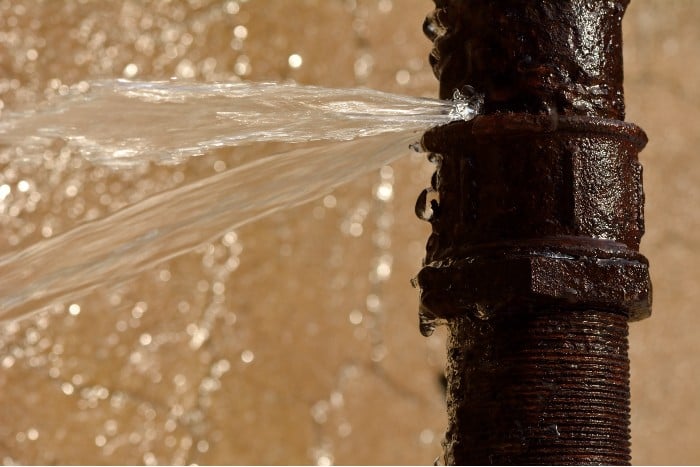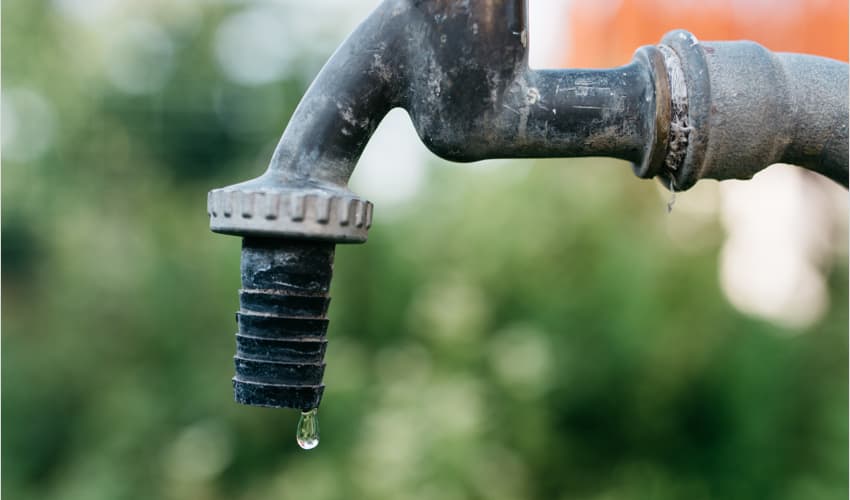Identify A Half-Dozen of Principal Leak Factors Within Your House
Identify A Half-Dozen of Principal Leak Factors Within Your House
Blog Article
Presented here in the next paragraph yow will discover more helpful guidance related to How Fast Water Damage Can Ruin Your Home.

Leaks not only create waste of water yet can additionally cause unneeded damages to your residence as well as advertise undesirable natural growth. Water leakages could go undetected considering that many of the pipework in our house is concealed. By understanding and looking for everyday situations that cause leaks, you can protect your residence from future leaks as well as unnecessary damages. Today, we will consider 6 leakage triggers that may be triggering your pipelines to trickle.
Instant temperature level adjustments.
Extreme temperature level changes in our pipelines can cause them to increase and acquire unexpectedly. This growth and tightening may trigger cracks in the pipes, specifically if the temperature are listed below cold.
Corroded water systems
As time goes by, your plumbing system ages and deterioration such as rust might start eating away the pipelines. This might be the reason for staining or warping on your pipes. This requires an assessment with your plumber quickly. If our plumbing system is old, think about changing the pipelines since they are at a greater risk of rust than the newer versions.
Defective Pipe Joints
The factor at which your pipelines connect is often the weakest link in the waterline. Pipe joints can wear away gradually, causing water leakages. The bulk of pipe joints are not conveniently noticeable. If you have noisy pipelines that make ticking or banging sounds, especially when the warm water is switched on, your pipeline joints are probably under a great deal of pressure. It is recommended to have your plumber check your system yearly.
Elbowing in origins
Many water leakages start outside the residence instead than inside it. You might see damp patches or sinkholes in your backyard, as well as that may mean that tree origins are attacking water lines triggering water to seep out.
Poor Water Connectors
Sometimes, a leak can be caused by loosened hoses and also pipes that provide your devices. Most of the time, changing is what causes the loosened water Connections. You could find when it comes to a washing equipment, a tube may spring a leakage because of shaking during the spin cycle. In case of a water links leakage, you might notice water running straight from the supply line or puddles around your appliances.
Obstructed Drains
Clogged drains pipes might be annoying as well as inconveniencing, yet they can in some cases wind up causing an overflow resulting in rupture pipes. Keep getting rid of any kind of materials that may drop your drains pipes that can clog them to prevent such inconveniences.
All the above are root causes of leaks yet not all water leaks arise from plumbing leakages; some leakages might originate from roofing system leakages. All leakages need to be repaired right away to prevent water damage.
Leakages not only create waste of water but can additionally trigger unnecessary damage to your house and also promote undesirable organic growth. By looking as well as recognizing for daily circumstances that trigger leakages, you can secure your residence from future leakages and unnecessary damage. Today, we will look at six leakage creates that may be causing your pipes to drip.
At times, a leak can be triggered by loosened tubes and also pipelines that provide your devices. In instance of a water links leakage, you might see water running straight from the supply line or pools around your devices.
How To Check For Water Leak In Your Home
How To Check for Leaks
The average household's leaks can account for nearly 10,000 gallons of water wasted every year and ten percent of homes have leaks that waste 90 gallons or more per day. Common types of leaks found in the home are worn toilet flappers, dripping faucets, and other leaking valves. These types of leaks are often easy to fix, requiring only a few tools and hardware that can pay for themselves in water savings. Fixing easily corrected household water leaks can save homeowners about 10 percent on their water bills.
To check for leaks in your home, you first need to determine whether you're wasting water and then identify the source of the leak. Here are some tips for finding leaks:
Take a look at your water usage during a colder month, such as January or February. If a family of four exceeds 12,000 gallons per month, there are serious leaks.
Check your water meter before and after a two-hour period when no water is being used. If the meter changes at all, you probably have a leak.
Identify toilet leaks by placing a drop of food coloring in the toilet tank. If any color shows up in the bowl after 10 minutes, you have a leak. (Be sure to flush immediately after the experiment to avoid staining the tank.)
Examine faucet gaskets and pipe fittings for any water on the outside of the pipe to check for surface leaks.
Undetected water leaks can happen without the home or business owner even realizing. If you suspect a water leak, but not able to find the source. It is time to contact a professional water leak detection service, The Leak Doctor.
How To Find a Water Leak In Your Home
https://www.leakdoctor.com/blog/How-To-Check-For-Water-Leak-In-Your-Home_AE197.html

I discovered that article on How Fast Water Damage Can Ruin Your Home while doing a search on the search engines. Sharing is good. Helping others is fun. Thank-you for taking the time to read it.
Hot water issue? Call! Report this page